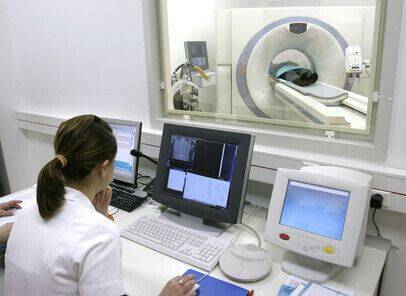Cardiac revascularization surgery (CABG) has shown positive results at long term in CAD patients with multivessel or left main disease. However, we are well aware that, after CABG, there might be native disease progression over time. Also, at followup, we often see high incidence of venous graft failure. According to registry data, approximately 1 in…
5 Year Evolution of PCI vs CABG in Large Randomized Studies on Acute and Chronic Coronary Syndrome
Left main lesions in acute coronary syndrome (ACS) represent a major risk and, at present, the best revascularization strategy is a matter of debate. Though many studies and registries have excluded this group of patients, there is data on the pros and cons of both percutaneous coronary intervention (PCI) and cardiac artery bypass graft (CABG). …
Left Main Revascularization: 12 Year Registry in Canada
The current indication for severe left main lesion continues to be coronary artery bypass graft surgery (CABG) but percutaneous coronary intervention (PCI) has come far in this territory thanks to increasing operator experienced and the use of IVUS during procedures. At present, left main disease have a Class IIa indication in the American guidelines when…
Long-Term Evolution of Hybrid Coronary Revascularization
Currently, myocardial revascularization surgery (MRS) and percutaneous coronary intervention (PCI) are the available strategies for multivessel coronary artery disease. However, an alternative strategy has long been developed, called hybrid coronary revascularization (HCR), where the anterior descending artery is bypassed with a graft from the mammary artery and the rest of the lesions are treated by…
Best Revascularization Strategy in Patients with Left Ventricular Deterioration
Multivessel disease associated to ventricular function deterioration is challenging in terms of risk, when choosing a revascularization strategy. According to this recent analysis of the SCAAR registry published in the European Heart Journal, long term followup seems to justify taking a higher risk initially, higher risk being myocardial revascularization surgery (CABG). The study looked at…
ACC 2021 | Emergent CABG for acute MI: Benefits Despite Risk
The latest figures show a lower number of emergency CABG for acute MI, and in turn increased primary PCI. The combination of surgeons not willing to take risks and interventional cardiologists empowered to treat practically any lesion has resulted in fewer patients receiving emergency CABG. Only a few years ago, interventional cardiologists at least had…
Can Antiplatelet Therapy Affect the Life of Coronary Grafts?
The antiplatelet treatment strategy providing optimal balance between thrombotic and bleeding risks in patients undergoing myocardial revascularization surgery is unclear. What does seem somewhat certain is that some antiplatelet therapy is necessary to prevent early thrombosis, mainly in vein grafts, but (as opposed to what happens with angioplasty) there are other relevant factors such as…
FFR to Predict CABG Result: All Benefits in a Population Much Too Pure?
Coronary artery bypass graft (CABG) anastomosed to one vessel with normal or nearly normal fractional flow reserve (FFR) have poorer graft patency at one year compared against anastomosed grafts to vessels with functionally significant lesions shown by FFR. However, the recent study FARGO (Fractional Flow Reserve Versus Angiography Randomization for Graft Optimization) did not show…
EXCEL Outcomes: PCI vs CABG in Patients with Prior Cerebrovascular disease
Most certainly, as we read this title, we imagine the conclusion (as does the editor): patients with prior cerebrovascular disease (CEVD) benefit from a less invasive revascularization strategy, such as PCI. However, the EXCEL outcomes tell us that patients with left main coronary artery disease (LMCAD) and a history of CEVD will not benefit from…
Myocardial Revascularization Surgery: One or Two Internal-Thoracic-Artery Grafts?
The use of both internal thoracic (mammary) arteries for myocardial revascularization surgery might improve long-term outcomes, compared with the use of a single internal thoracic artery. Patients scheduled for myocardial revascularization surgery (only multivessel procedures; combined valve procedures were excluded) were randomized to receive a single internal-thoracic-artery graft (internal thoracic artery for the anterior…
- 1
- 2









